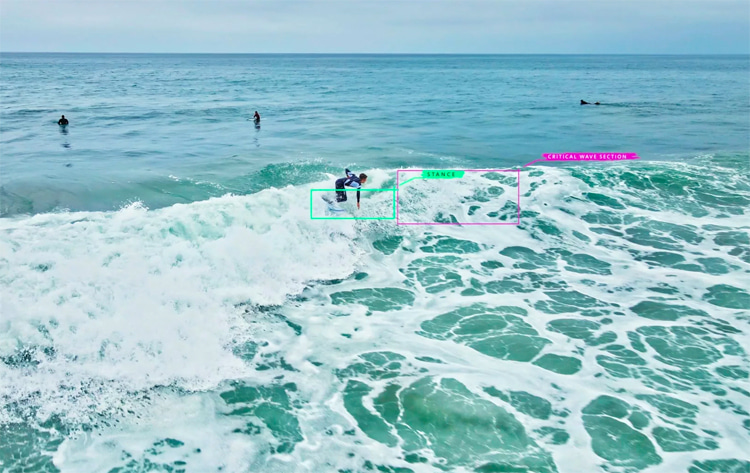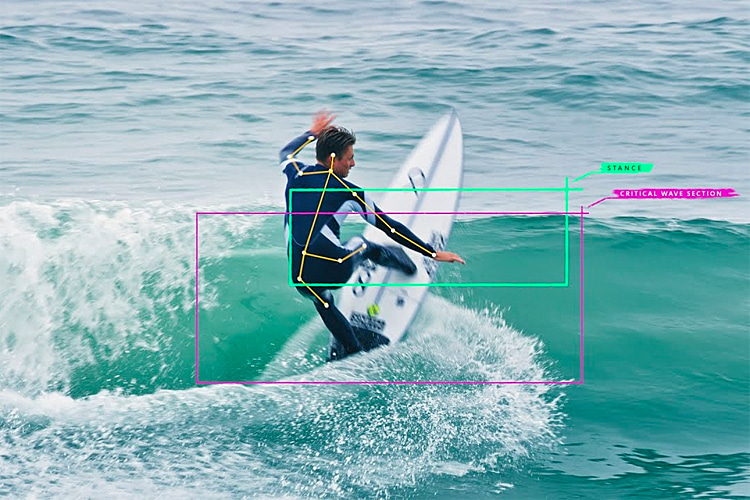USA Surfing and Microsoft are working on a project to get artificial intelligence (AI) to maximize surfers' potential in and out of the water.
It all started with a hackathon when Microsoft engineers got together with the team and surfers to come up with innovative ideas.
The partnership has grown much bigger, and the American Olympic surfing team can now dream of future medals in the upcoming Games thanks to groundbreaking wave-riding technology.
Initially, the USA Surfing team and Microsoft engineers had to figure out and identify the major challenges a surfer faces while riding a wave.
But for technology to enable performance optimization and injury prevention, it is paramount to tell AI what the right and wrong parameters are.
What are good and bad surfing? How can you spot a technically incorrect body movement? How can a wave be ridden to its maximum potential?

Shoot, Analyze, and Suggest
To get things started, you need to teach the machine the mechanics of surfing.
And to do so, researchers used a single camera on the ground to film surfers riding waves and then fed AI the raw data that needed to be analyzed.
Microsoft engineers used technology and AI to analyze the surfer's movements and understand what was done well and what could be improved.
"We can ask AI or machinery how to perform a certain movement or what we missed in the movement," Kevin Ashley, an engineer at Microsoft, told Spectrum News.
Why does AI do it? The answer is simple - through motion analysis, a way of studying movement.
The competitive advantage will help coaches, surfers, and even judges get information more quickly.
The motion analysis tool can do something that normal surf filming can't do - it can show each movement and body position immediately.
To get insightful data on how and where to improve, USA Surfing and Microsoft broke the mechanics of surfing down into three parts:
- The surfer's body position (movement);
- The surfboard (equipment);
- The wave (environment);
AI to Maximize Surfing Potential
The ultimate goal is to get valuable data on how to correct the body position, how surfers should maneuver their boards, and how the waves break relative to the rider's body position.
All this information helps scientists, coaches, and surfers understand how all these elements work together to create a successful surf ride, i.e., a 10-point ride.
Then, USA Surfing can use numbers to measure how fast, powerful, and smooth their athletes perform.
Data will transform into pragmatic changes regarding speed, maneuvering in critical sections, torque, water displacement, height above the lip, etc.
Simultaneously, tracking these numbers over time allows the team to make more accurate decisions about training, coaching, and judging.
This way, USA Surfing professionals can be more objective in a sport usually based on opinion and visual interpretation.
Also, the team can look for bad habits that could cause injuries or stop someone from doing their best.
Ultimately, this new AI-based surf tool will help surfers perform more challenging moves while staying safe and healthy.
